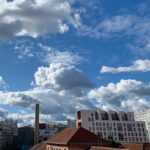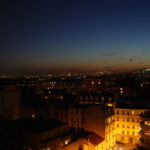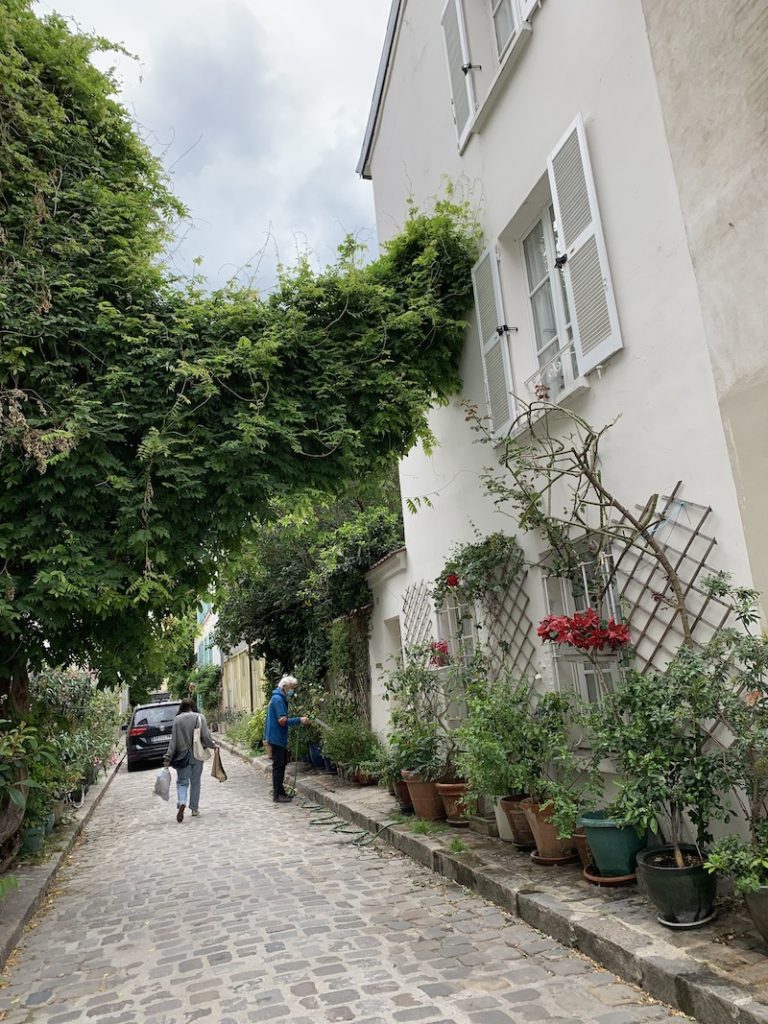
(TAN): I arrived in Paris on a cold and wet January day. There was cloud cover, there was thick smog. Any chance of getting even a little glimpse of the city of fairy tales was non-existent.
As I checked the way to my accommodation, I started looking around to see if I could find any of the well-known tourist attractions of the city. There weren’t any on my way. But I noticed all kinds of buildings — modern tall ones, ones with graffiti on them and nondescript houses crying out for care.
I was in the southwestern part of Paris, a part that was annexed to the city in the 19th century. Quaint little villages made way for tall apartments, the name of which I learnt in the following days — Haussmann.
[ALSO READ: Bhutan and India consider Bubble Tourism to revive sector]
As I started walking around, I was greeted by these buildings everywhere. Several stories high, with dreamlike attics, the likes of which makes every romantic soul dance in joy. Looking up to soak in the occasional sunlight, I grew used to these impressive, imposing structures.
It was on my walk to Church Saint Sulpice from the Luxembourg Gardens that my eyes fixed upon a patch of sky and some sunlight on the street! Nestled in a little street were houses, small, with windows looking out to the street. I was surprised by this sudden change in the skyline. How did these old buildings survive the Haussmann renovation? I’m yet to find an answer to that question.
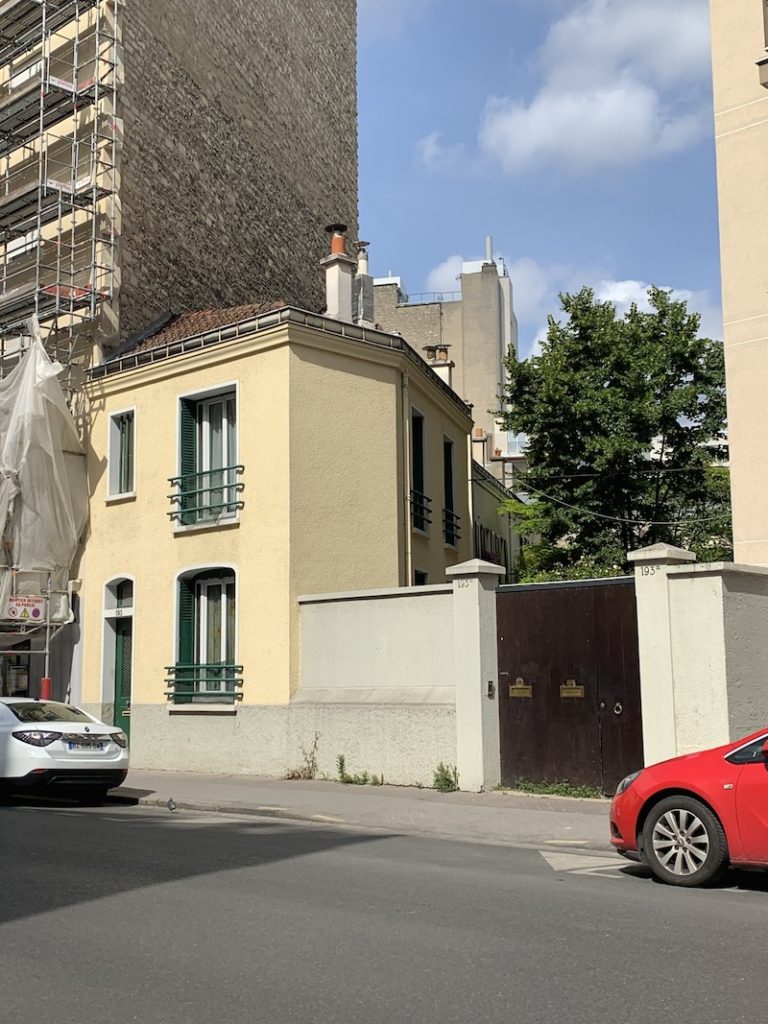
It felt like somebody initiated my eyes to look for these houses. After that first instance, this alternative Paris exploration became my favourite pastime in the city — hunting for small little houses. Houses that are possibly owned by families. Houses with stories. Houses that felt like homes. As it started getting warmer, the windowsills of the little houses displayed spring colours, and in most cases, the ivy on the walls started growing back.
[ALSO READ: Notes from a 2014 Japan diary]
Then, on a day to Montmartre, I discovered several more. The artists’ quarter of the city, the fabled land where great art has seen life and death. It wasn’t a surprise on this occasion.
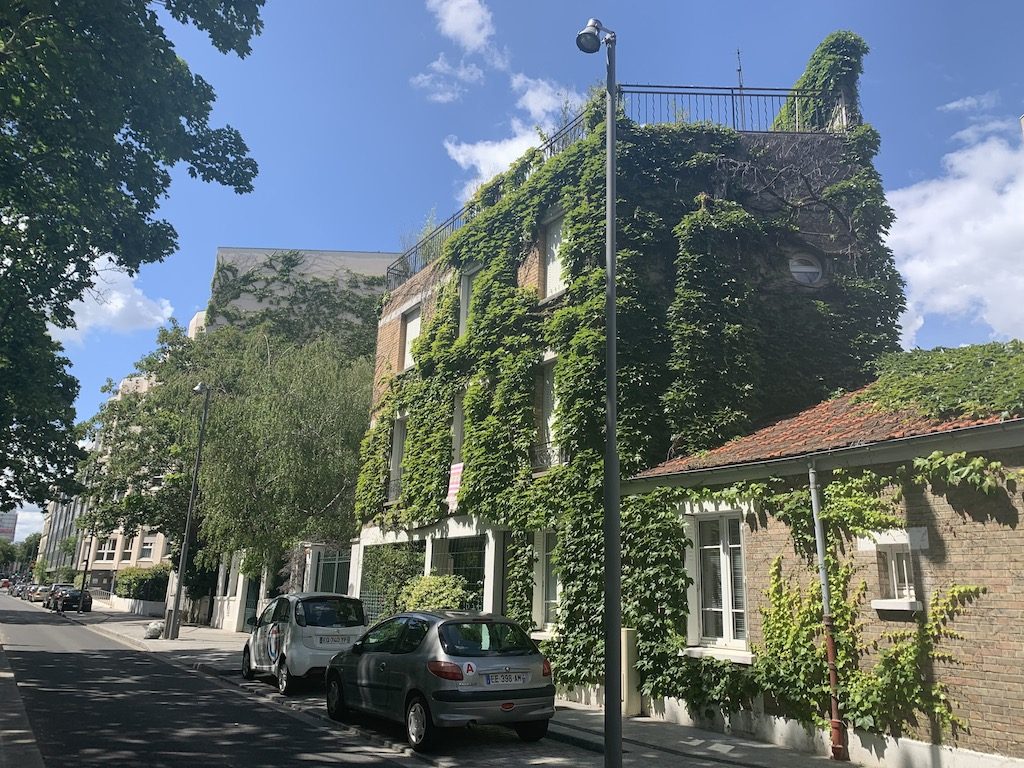
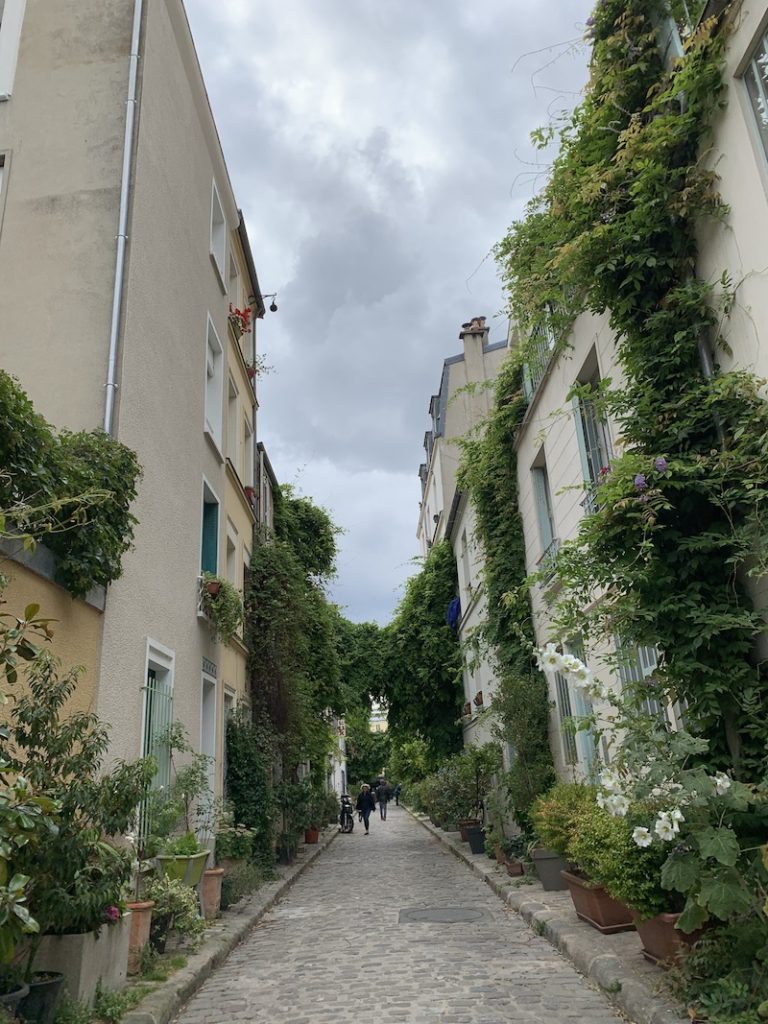
Finding such houses in other parts of the city, however, was quite unusual In the 16th arrondissement, a part where the true Parisians lived, is an English manor, and on the next street was one that looked like it had been teleported from Greece! Not surprisingly, that is the Greek Orthodox Church of the area. I also loved this ivy-covered two-storey not-so-small house on the left as you enter Parc Montsouris in the 14th.
It was then I discovered the micro-arrondissements all over the city. Streets lined with small houses, covered with moss or ivy or some other creeper, dotted with flowers. Streets that seem to be untouched by the glitz and glamour of the City of Lights. Streets that take you back in time.
Time has not been kind to this city. But has never left its side. Paris, the City of Love, Lights, Laughter and all things happy. I like to think that Time stops at these houses on its midnight strolls of Paris, rests a little, sips some wine, and regenerates for the next busy Parisian day.
The author is a student of patisserie at Le Cordon Bleu, Paris.
You can follow her on Instagram and Facebook.



